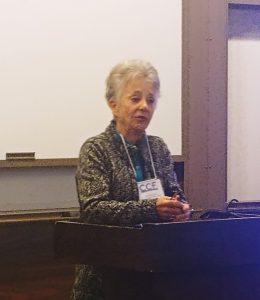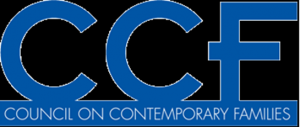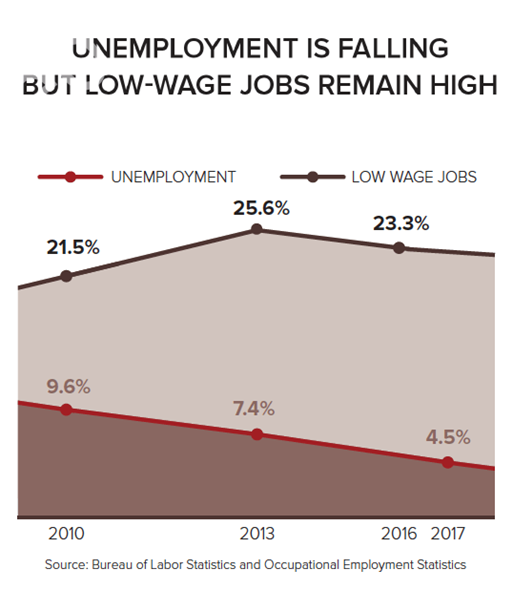Now fully updated just in time to plan your Spring 2021 syllabus, the below links will take you to all the blog posts we published in 2020 related to the Covid-19 pandemic and families.
Covid-19 and Romantic Relationships
- In a research brief written for CCF, Amanda Miller and Sharon Sassler discuss the unique challenges faced by cohabiting couples during the Covid-19 pandemic. Virginia Rutter discusses the implications of this report in a separate post.
- Barbara Risman discusses how Covid-19 and more time at home may impact marriages.
Covid-19 and the Gendered Division of Paid and Unpaid Work
- Amber Crowell and Jennifer Randles discuss crises of carework that have been made even worse during the Covid-19 crisis.
- Barbara Risman asks if Covid-19 school closings will push women out of the workforce.
- Virginia Rutter writes about a new CCF research brief on the increasing contribution of fathers to housework and childcare during the Covid-19 pandemic. Read the research brief by Daniel L. Carlson, Richard J. Petts, and Joanna R. Pepin here.
- Liana Christin Landivar, Leah Ruppanner, William J. Scarborough, and Caitlyn Collins discuss two newly published studies about how Covid-19 has reduced the employment and labor force participation rate of mothers much more than fathers.
Covid-19 and Children
- Barbara Risman argues a new infrastructure of care must be built to address Covid school closures.
- Sinikka Elliott discusses how the Covid-19 crisis reveals how single mothers are left behind by social safety nets in the United States.
- A research report by Anna Bokun, Jessie Himmelstern, Wonjeong Jeong, Ann Meier, Kelly Musick, and Rob Warren describes the unequal economic effects of Covid-19 on children. They track the rise in children living in households experiencing unemployment due to Covid-19, and differences by race, ethnicity, income, household composition and geography.
- Kristi Williams writes about the long-term risks to children from the economic toll of Covid-19, and new related results from the Census, in a CCF fact sheet.
- Early in the pandemic, Jessica Calarco wrote about how schools moving online will increase inequality due to the digital divide.
Covid-19, Telecommuting, and Working from Home:
- Thomas Lyttelton, Emma Zang, and Kelly Musick write a CCF research brief report about telecommuting before and after Covid, and how working from home reveals gender inequalities and work-family conflict. Virginia Rutter also discusses the implications of this report.
- Michelle Janning gives a “Pandemic Home Tour,” discussing the role of space and place during the covid pandemic. In part one she focuses on bedrooms and home offices. In part two, she discusses kitchens, hobby areas, living rooms, patios and beyond.
Covid-19 and Family Ties
- Patricia N. E. Robertson gives advice on how to stay connected to family from afar.
- Stefan Timmermans and Chloe Bird discuss the importance of making your end of life wishes known to your family and healthcare providers.
Arielle Kuperberg is an Associate Professor of Sociology and Women’s, Gender and Sexuality Studies at the University of North Carolina at Greensboro, and is the editor of this blog. Follow her on twitter to get updates about new blog posts @ATKuperberg or contact her directly at atkuperb@uncg.edu.







